R. L. Mercantile & Trading Post gets board approval, with conditions
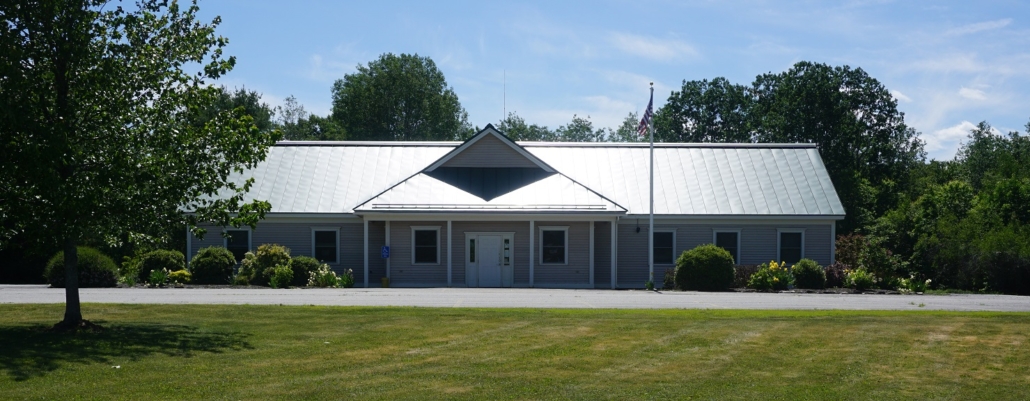 by Mary Grow
by Mary Grow
Vassalboro Planning board members have approved a site review permit for R. L. Mercantile & Trading Post, with conditions.
Brea Willette, speaking for the business at 134 Brann Road, described it as an expanded farm market, selling products from the family farm and other local farms. Retail sales contribute needed income to help small farmers keep farming, she said.
The 10-by-24-foot building housing the market is already in place, and Willette said there is ample off-road parking. No water is planned.
Lighting will consist of two lights “like porch lights” by the door and one more over the deer hanger, where hunters can weigh deer during hunting season. Neighbors are not close, and trees screen them from the business.
Information attached to the application explains that the farm has been in the family for four generations. The store sells dairy products, meat, bread and local grains, soap and other products.
The “Trading Post” in the name means “if you don’t have money, bring us something you do have,” the document explains. Some people provided labor in return for food: “They learned something new and we got some stuff done.”
The farm sponsors occasional farming-related events, without music, Willette told planning board members.
Several neighbors attended the Jan. 7 meeting. When board chairman Virginia Brackett said to Willette, “Sounds like you’re good neighbors,” some nodded.
Willette replied, “We try to be.”
The unanimous board approval came with three conditions:
— R & L Mercantile must designate a handicapped parking space (Willette said a handicapped ramp is already being planned);
— Public works director Brian Lajoie must be asked to make sure there is adequate sight distance for vehicles turning out of the parking lot; and
— When events are held, no vehicles will be parked on Brann Road.
A side issue mentioned briefly was the farm’s ducks and geese that wander onto Brann Road. The descriptive document with the application says, “Don’t worry, their coops are going up as we speak.”
The second Jan. 7 agenda item, continued review of the proposed Hidden Acres subdivision on Seaward Mills Road, took up most of the meeting, as board members wrestled with the town’s revised planning board ordinance.
They had reviewed a sketch plan at their Dec. 3, 2024, meeting (see the Dec. 12, 2024, issue of The Town Line, p. 2), and found one step omitted. They invited a final sketch plan and a preliminary plan for Jan. 7, to be followed by a final plan in February. Surveyor Adam Ellis and landowner Jeremy Allen presented the preliminary plan, with supporting documents.
The 50-page town subdivision ordinance has a long list of requirements. One says if the subdivision has more than five lots (Allen requests seven) and is in the watershed of a great pond (the land is in the Webber Pond watershed), the application needs to include a stormwater management plan that meets state phosphorus control standards, and a maintenance plan for the phosphorus control measures.
Allen protested that the land to be subdivided is nearly enough level so water will soak in, not run off. He and Ellis pointed out that all run-off will be onto neighboring properties or into the ditch along Seaward Mills Road.
Nonetheless, board members said, the requirement’s in the ordinance. They and Ellis proposed various ways to meet it; they suggested Ellis consult an expert; and they considered whether they had authority to waive the requirement.
The hour and a half discussion ended with Ellis agreeing to send a proposed solution in advance of the February meeting.
Board members then unanimously approved the preliminary application, subject to the additional information that will go into the final application.
The next Vassalboro Planning Board meeting is scheduled for Tuesday evening, Feb. 4, in the town office meeting room. Board members agreed by consensus to change the meeting time to 5:30 p.m., an hour earlier than in past months.


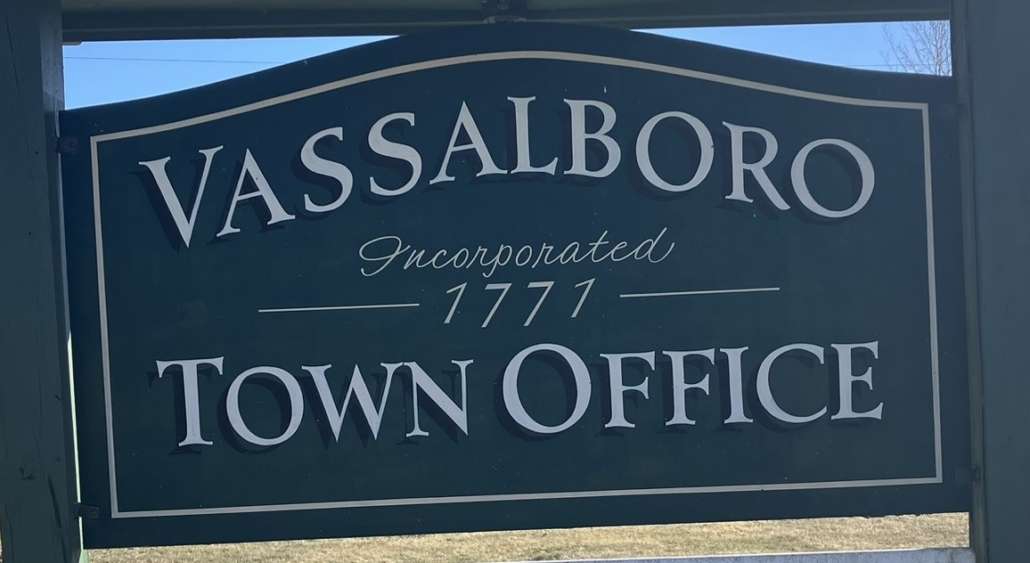
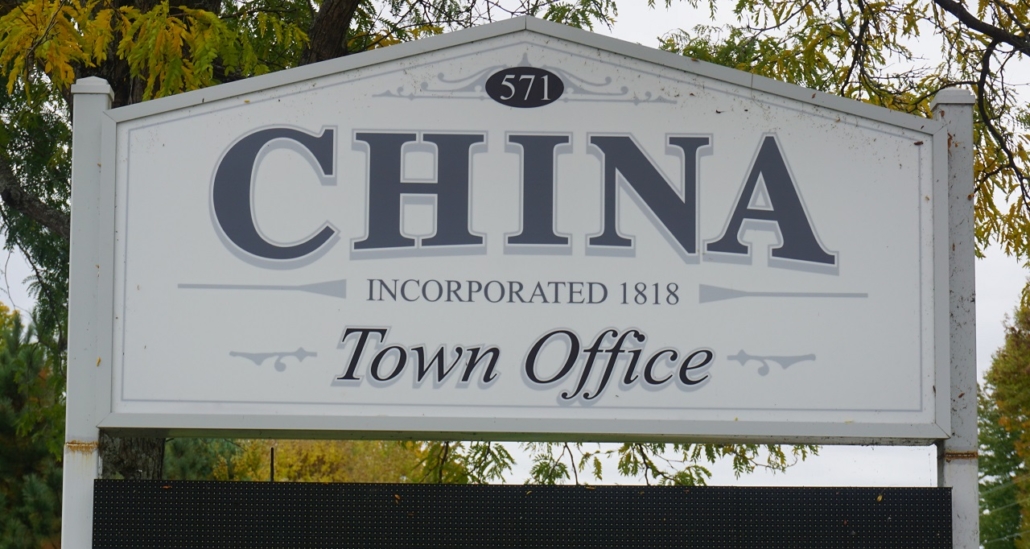

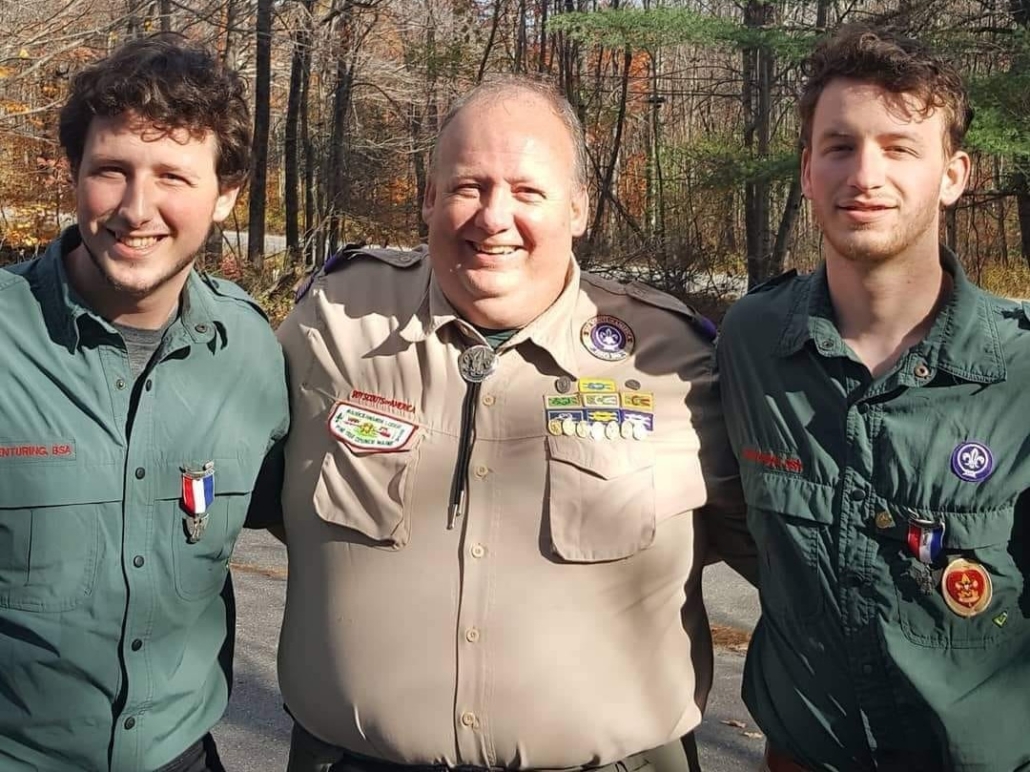
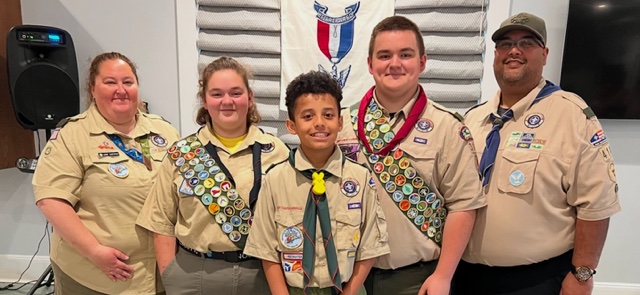
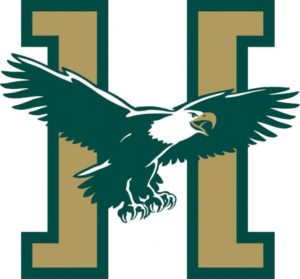 Husson University Online has announced the academic achievements of students recently named to the president’s list, dean’s list and honors list for Term 4 of the 2023-2024 academic year. Courses for full-time online undergraduate students are offered over the course of seven weeks. This accelerated timeframe provides adult learners with an opportunity to balance existing personal and professional commitments as they complete their studies.
Husson University Online has announced the academic achievements of students recently named to the president’s list, dean’s list and honors list for Term 4 of the 2023-2024 academic year. Courses for full-time online undergraduate students are offered over the course of seven weeks. This accelerated timeframe provides adult learners with an opportunity to balance existing personal and professional commitments as they complete their studies.



